How to clean an electric stovetop – and the 4 mistakes cleaning pros say to avoid
Three methods for cleaning and the bloopers to avoid
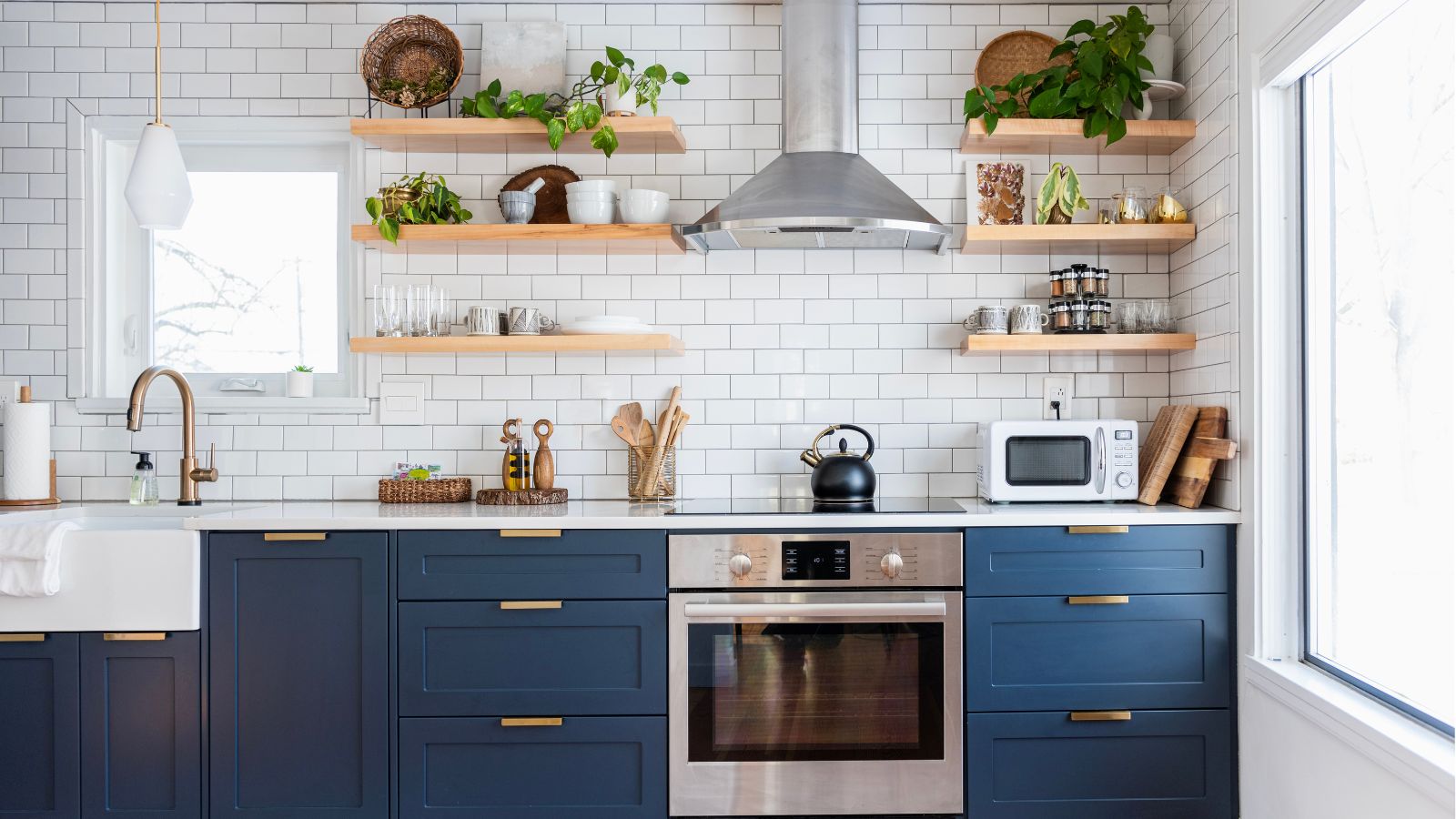

For most people, the kitchen acts as the epicenter of their home, with the stovetop or cooker at the center of that.
Keeping electric stovetops clean is necessary for both hygiene and functionality. Cleaning yours can be a breeze if you are using the right approach, but experts warn there are four mistakes to avoid including using abrasive pads, overusing razor scrapers and forgetting to rinse off cleaning materials.
Our home pros share their cleaning tips, the best products to use – which are likely already in your pantry – and the bloopers to swerve to clean your electric stovetop without negatively impacting it's function or look.
1. Clean your electric stovetop with vinegar

According to Katie Dills, brand president of the Cleaning Authority, your first approach to cleaning an electric stovetop should be to use a mixture of water and white vinegar, available on Amazon.
‘To clean an electric stovetop with vinegar, start by making sure the stove is turned off and completely cool,’ says Katie. ‘Mix equal parts of white vinegar and water in a spray bottle, then spray the solution all over the stovetop, ensuring it covers any greasy or stained areas. Let the vinegar sit for a few minutes to break down the grime.’
Next, Katie recommends using a microfiber cloth to wipe away the residue, repeating the process if necessary. For stubborn stains, sprinkle some baking soda, such as ARM & HAMMER Pure Baking Soda from Walmart, spray more vinegar, and allow it to fizz for a few minutes before wiping it clean with the cloth.
You can add a few drops of essential oils such as tea tree or lavender to your baking soda and vinegar paste. These not only help with their natural, powerful cleaning properties, but also provide a fresh fragrance in the kitchen.
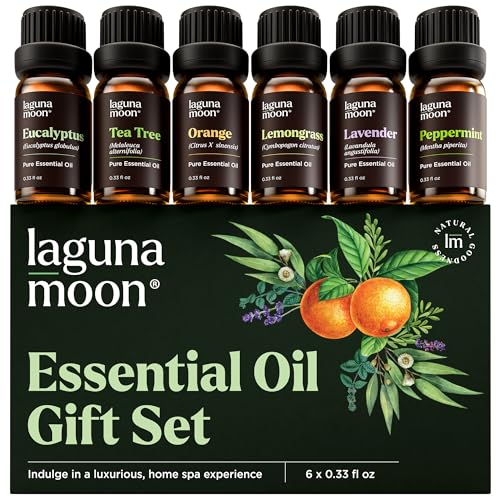
This six pack of essential oils are perfect if you're starting your journey into using it at home. Utilize for homemade cleaning sprays, to add home fragrance, or in your dryer on a wet cloth to add lovely fragrance to your linen and laundry,
2. Clean your electric stovetop with a commercial cleaner

When using a commercial cleaner such as Cerama Bryte Heavy-Duty Stovetop Cleaner from Amazon, read the label instructions carefully. Make sure the stove is turned off and cool, then apply the cleaner directly to the surface, focusing on any dirty or stained areas.
Allow the cleaner to sit for the recommended amount of time, which helps to loosen the grease and grime. Finally, use a damp cloth to wipe away the cleaner, rinsing it out as needed until all residue is removed, leaving the stovetop sparkling and cleaner-free.
3. Natural cleaning methods for electric stovetops
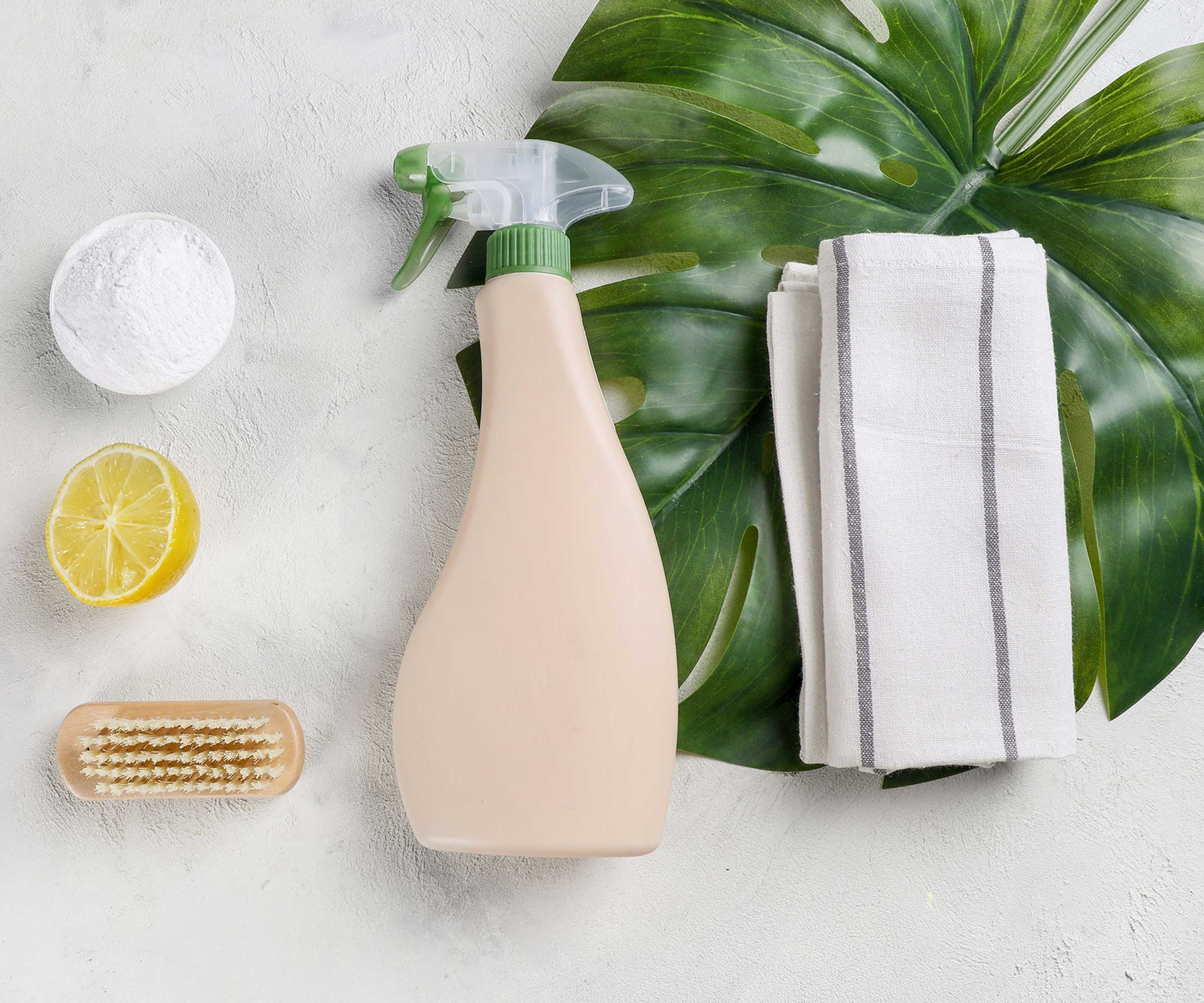
Aside from cleaning an electric stovetop using vinegar or commercial cleaner, Elizabeth Shields from Super Cleaning Service Louisville, offers some alternative solutions that are just as effective as well as mistakes to avoid when using them.
- Lemon juice and baking soda: ‘It may seem weird, but lemon juice is another great de-greaser and whitener,’ says Elizabeth. ‘To make this recipe, mix some baking soda with some tablespoons of lemon juice from Amazon to make a paste. Apply it on the top of your stovetop and let it stay there for 10-15 minutes. Cleaning with lemon juice is great because the natural acid in the lemons helps break up tough stains.’
- Dish soap and steam: On lighter stains, fill a bowl with hot water and add a few drops of dish soap. Bring it to the stovetop and let the steam work its magic for around 15 minutes. This loosens stuck-on food particles without hard scrubbing. Note that if you use very hot water directly from the kettle, it can be too harsh for glass surfaces and may cause a temperature shock. Let the water cool down so you can clean safely.
- Olive oil for polishing: Immediately after cleaning, you will often want to use a small amount of olive oil on a very soft cloth to polish the surface. Not only does it give it a shine but it also acts as a barrier which will help to repel the dirt. It is one of those 'pro' tips which you learn over the years and simple yet effective. Essential oils act in the same way and are brilliant for use on stainless steel surrounds, says head of solved, Punteha van Terheyden.
Common mistakes to avoid when cleaning an electric stovetop

One common mistake is using abrasive pads or scrubbers, which can scratch the stovetop surface. Instead, always use soft microfiber cloths from Walmart or sponges.
Another mistake is attempting to clean the stovetop while it’s still hot, which can cause burns or damage the cleaning materials. Avoid using excessive amounts of water, as it can seep into the electrical components and cause damage.
Overusing razor scrapers, available at Walmart, is a common mistake to avoid when cleaning your electric stovetop. Use it sparingly and always keep it flat against the surface. One wrong angle and you could leave a nasty scratch.
Finally one common mistake to avoid is forgetting to rinse. Whether you're cleaning with vinegar or using a commercial cleaner, always make sure to wipe away all the cleaning solution with a clean, damp cloth until all residue is gone. Leaving some behind can burn the next time you fire up the stove.
FAQs
Does vinegar damage glass-top stoves?
In short, no, unlike some commercial cleaners which can be harsh and abrasive, vinegar and baking soda are powerful enough to clean your stove top whilst still being gentle enough to not scratch or leave marks on it.
Gentle techniques using natural or commercial cleaners, combined with avoiding avoiding common mistakes will help keep your electric stovetop looking like new.
You can also try shielding yours with electric stove protecting mats from Amazon, where spills will collect for easier cleaning.
Skipping regular cleanings can also make stains harder to remove as they build up over time, so it's best to clean your stovetop frequently. Learn how to create an achievable cleaning schedule.
Sign up to the Homes & Gardens newsletter
Design expertise in your inbox – from inspiring decorating ideas and beautiful celebrity homes to practical gardening advice and shopping round-ups.

Seraphina is a contributing editor at Homes & Gardens, writing Solved features on organizing and storage. She loves to decorate and also grow her own produce from her home in London. Her previous experience includes working at Women's Health and Fabulous Magazine.
-
 Hailey Bieber's curvaceous toaster is an Italian design staple (with roots in the 1950s) – it blends retro style with modern capabilities
Hailey Bieber's curvaceous toaster is an Italian design staple (with roots in the 1950s) – it blends retro style with modern capabilitiesThis toaster has stood on the countertops of 'It girls' since the '50s, and Hailey Bieber has just resurged the trend – you can follow suit for $250
By Megan Slack
-
 5 fast-growing tiny flowers – expert recommendations to fill your pots and borders with color in record time
5 fast-growing tiny flowers – expert recommendations to fill your pots and borders with color in record timeThese fast-growing tiny flowers prove that miniature can also be marvelous
By Thomas Rutter
-
 I've spent over 200 hours testing vacuums and swear by my two Dysons – this is how I properly clean a Dyson vacuum filter for longer-lasting appliances
I've spent over 200 hours testing vacuums and swear by my two Dysons – this is how I properly clean a Dyson vacuum filter for longer-lasting appliancesYour Dyson vacuum will last much longer and clean at its best
By Dan Fauzi
-
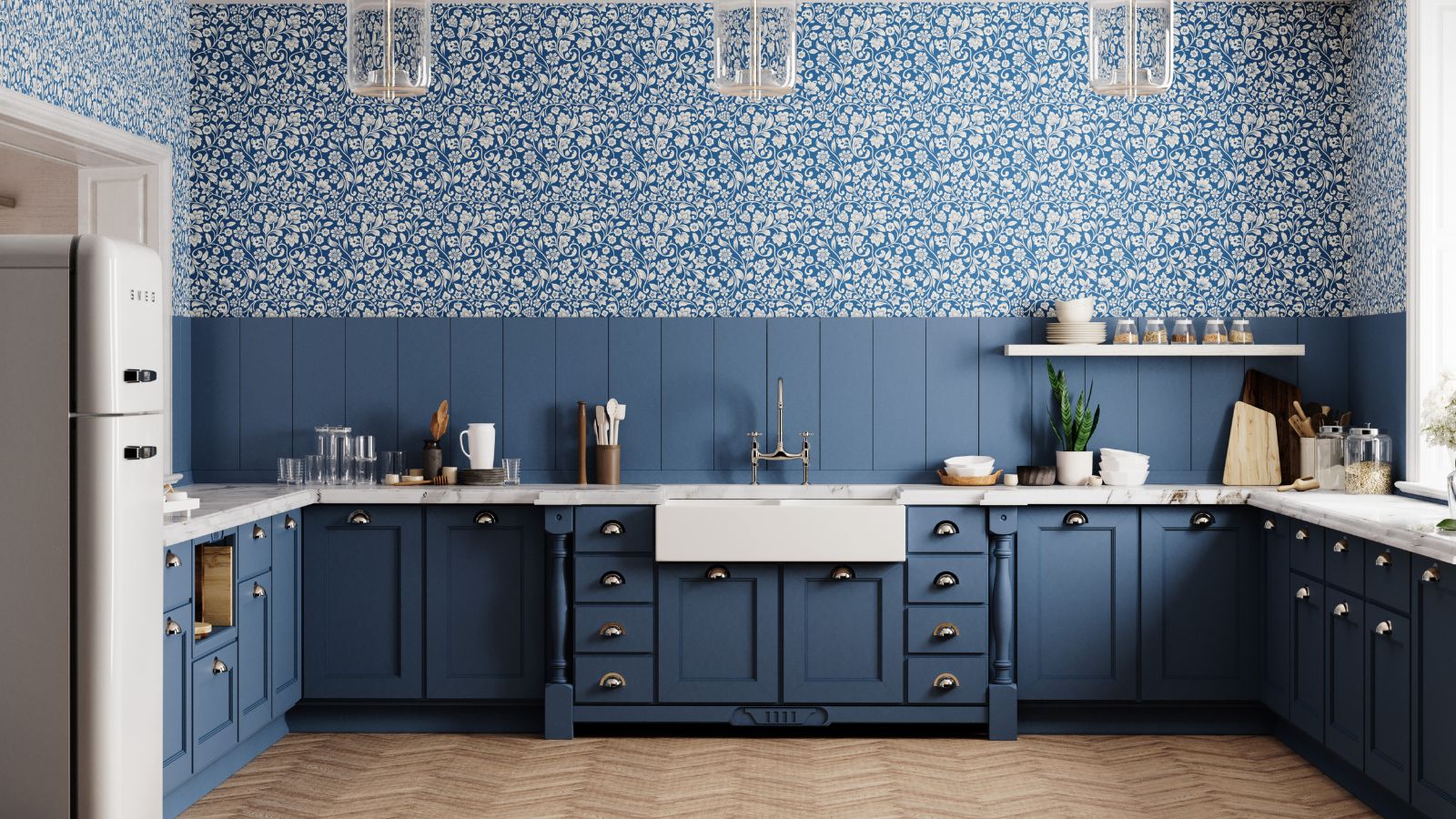 Do cleaning products expire? Professional cleaners warn time could make them ‘less effective, and in some cases, irritating to use’
Do cleaning products expire? Professional cleaners warn time could make them ‘less effective, and in some cases, irritating to use’For the best results, it pays to stay on top of the timeline of your cleaning products
By Chiana Dickson
-
 How to clean a patio – 6 different methods, and when you must use a chemical cleaning agent
How to clean a patio – 6 different methods, and when you must use a chemical cleaning agentFrom manual scrubbing, natural solutions or calling in the pros, industry experts reveal the benefits and considerations of each method
By Andy van Terheyden
-
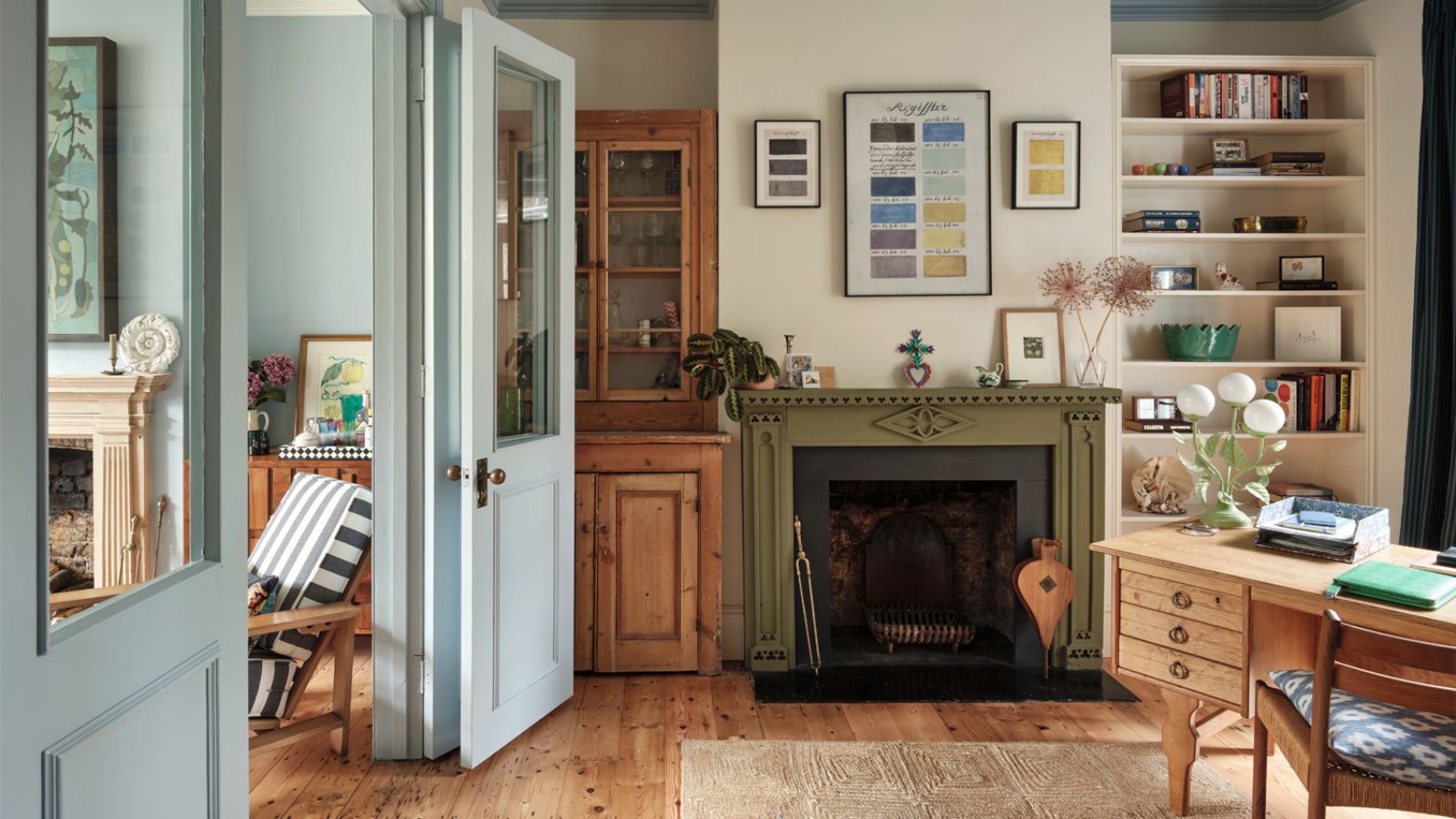 5 surprising but brilliant ways to clean with old socks – from perfectly buffing stainless steel to deterring pests naturally and more
5 surprising but brilliant ways to clean with old socks – from perfectly buffing stainless steel to deterring pests naturally and moreTackle dust in tricky corners, clean your mirrors and even banish bad odors with those rogue single socks
By Andy van Terheyden
-
 5 things people with clean upholstery always do – they're simple, quick and oh-so-effective
5 things people with clean upholstery always do – they're simple, quick and oh-so-effectiveEnsure your furnishing looks clean year-round with these expert tips
By Seraphina Di Mizzurati
-
 'Wick away the ick' – 6 things people with clean laundry rooms always do to make this hardworking space shine
'Wick away the ick' – 6 things people with clean laundry rooms always do to make this hardworking space shineThese tips on how to clean your laundry room will banish grime
By Seraphina Di Mizzurati
-
 How safe are carpet deodorizers? As a seasoned vacuum tester, I urge you to try alternative methods
How safe are carpet deodorizers? As a seasoned vacuum tester, I urge you to try alternative methodsNatural cleaning is always the answer
By Dan Fauzi
-
 'The world will not end' – 5 cleaning habits to quit for a happier, easier life, and what to do instead
'The world will not end' – 5 cleaning habits to quit for a happier, easier life, and what to do insteadGet your home sparkling, minus the stress
By Ciéra Cree